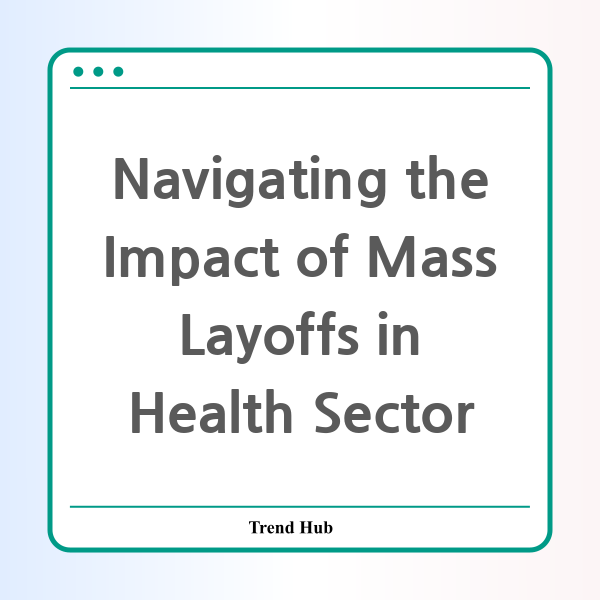* This website participates in the Amazon Affiliate Program and earns from qualifying purchases.

In recent news, the mass layoffs at the Department of Health and Human Services (HHS) have sparked significant debate and concern among public health officials and employees alike. With approximately 10,000 employees laid off as part of a broader initiative by the Trump administration and a task force led by billionaire Elon Musk, questions surrounding the implications of these layoffs for public health and safety remain paramount.
Health and Human Services Secretary Robert F. Kennedy Jr. has acknowledged that around 20% of these layoffs may have been errors. This claim is particularly alarming, considering that vital services are now at risk. Kennedy indicated that while the administration aimed to streamline operations, unintended consequences have manifested, particularly in areas previously deemed crucial, such as the Centers for Disease Control and Prevention's (CDC) Lead Poisoning Prevention and Surveillance Branch.
According to Kennedy, the systematic cuts were initially intended to focus on administrative roles, yet essential programs and personnel were also mistakenly included in the cutbacks. For instance, the abrupt elimination of the lead poisoning division has raised serious concerns, especially given the ongoing public health challenges faced by many communities. Programs aimed at monitoring and preventing lead exposure among children have faced interruptions, impacting the CDC’s ability to respond effectively to local health emergencies.
As Kennedy noted, there is a plan to restore certain essential programs and positions that should not have been eliminated in the first place. While specifics remain limited—leading to skepticism among health experts and officials—it is clear that reinstating critical roles will be necessary to uphold public health standards.
One of the most pressing examples of the fallout from these layoffs is felt in cities like Milwaukee, where health officials are grappling with significant lead exposure issues in schools. The loss of expertise in the CDC's Lead Poisoning Prevention and Surveillance team has left local health departments without the necessary support to identify and mitigate risks effectively.
The CDC team previously played a pivotal role in investigating lead exposure incidents, including recent cases linked to food products. Their absence raises concerns about the potential for unmonitored health risks, as local agencies face increased pressure to respond to public health crises without federal assistance.
Furthermore, Kennedy's assertion that the government would rectify any missteps has not quelled all fears regarding future layoffs and program cuts. The reinstatement process lacks clarity in terms of timing and scope, leaving many to wonder how effectively programs will be reestablished and how quickly impacted employees can return to their roles.
In conclusion, while the goal behind the mass layoffs at the HHS was to enhance efficiency, the reality is a complicated landscape where public health could suffer due to poorly executed cuts. Moving forward, it will be crucial for the administration to prioritize not only the reinstatement of necessary positions but also the development of a clear strategy that safeguards public health services from the adverse effects of such significant restructuring efforts.
* This website participates in the Amazon Affiliate Program and earns from qualifying purchases.